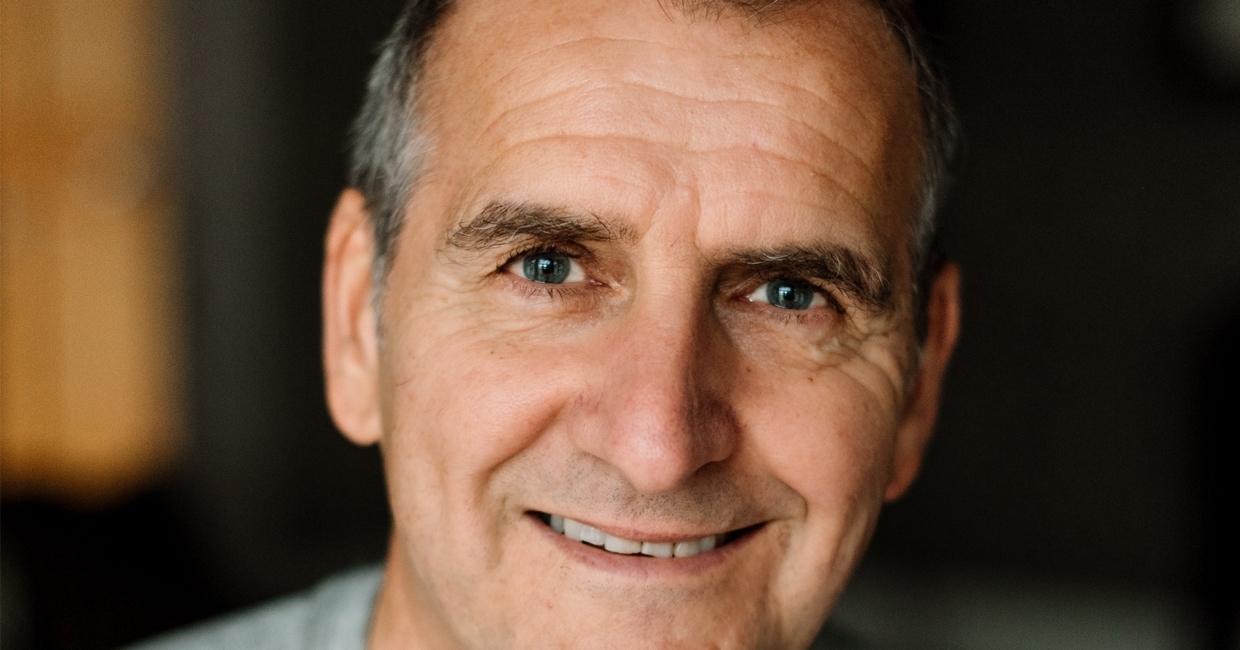These are testing times for businesses requiring images to promote or advertise their new collections. With some photographic studios suffering staffing restrictions due to the pandemic, never has the time been more right for businesses to look at using CGI – after all, new challenges require alternative solutions, writes Paul Stott, owner of The Virtual Works …
With the improvements in CAD and software technology advancing at a lightning pace, the quality of CGI has never been as photorealistic or accessible as it is today – and particularly so if the company offering this service has furniture design and manufacturing origins, says Paul Stott, founder of The Virtual Works.
Paul’s business specialises in furniture CGI, and its work is informed by Paul’s extensive background in the furniture design and manufacturing. Paul says he has tapped into new technology to create truly lifelike photorealistic interiors, which feature detailed furniture products in 4k and 5k resolution for the first time – whether that’s a deep quilted mattress or a velvet sofa.
“We’ve already impressed many clients who perhaps didn’t realise the extent of what could be achieved,” says Paul, who emphasises the cost-saving adaptability of CGI versus professional photoshoots incorporating photographers, set builders and stylists. It is also a time saver, and offers benefits such as no transportation costs, which in itself results in a lower carbon footprint.
“This service will save manufacturers thousands of pounds in professional photoshoot costs, as well as being a time saver,” says Paul. “CGI also allows a wider variety of images to be produced, which is critical in these days of picture-hungry websites and social media platforms.
“Once a model has been created and the roomset defined, the possibilities are way beyond that of a normal photographic shoot. Changing the colour of a sofa fabric or the textile itself is now a simple computerised step. Room setups and layouts can all be changed and recreated easily and cost-effectively.”
But what exactly is required to produce an image? “This is CGI’s big advantage, in that we don’t need a physical sample,” Paul explains. “We can work from something as basic as a sketch, some sizes and a fabric/wood finish sample. However, most of our work is carried out from camera phone shots of a prototype in a factory or showroom, along with any fabric or wood finishes. We then add the magic and turn this into a full photorealistic product, set in a lavish interior.

Sofa roomset for Furnico (CGI by The Virtual Works)
“One wholesale company who have always used my design services tapped into the fact I now run a CGI company, and now, as well as creating the new designs and working drawings, I’m able to produce their complete marketing images – all before a stick of furniture has been produced or shipped.
“My understanding of furniture proportions, ergonomic dimensions and other technical aspects which affect how a product appears is crucial in creating realistic images. Knowing how a particular woodgrain or a certain stitch in a sofa would work is the detail which lifts a CGI image from good to outstandingly lifelike.”
The Virtual Works’ services range from simple cut-out images to full lifestyle roomsets. “360° rotating product shots are also increasingly in demand, and can be achieved easily with CGI even for larger items like bed frames,” says Paul.
“Everything we do is digital, which makes it simpler to link into other emerging app technology such as augmented reality (AR) and virtual reality (VR) goggles.”
For more information or to see more examples of what can be achieved, visit The Virtual Works website, or call 01756 700083/email [email protected] for a quote or pricing guidance.











